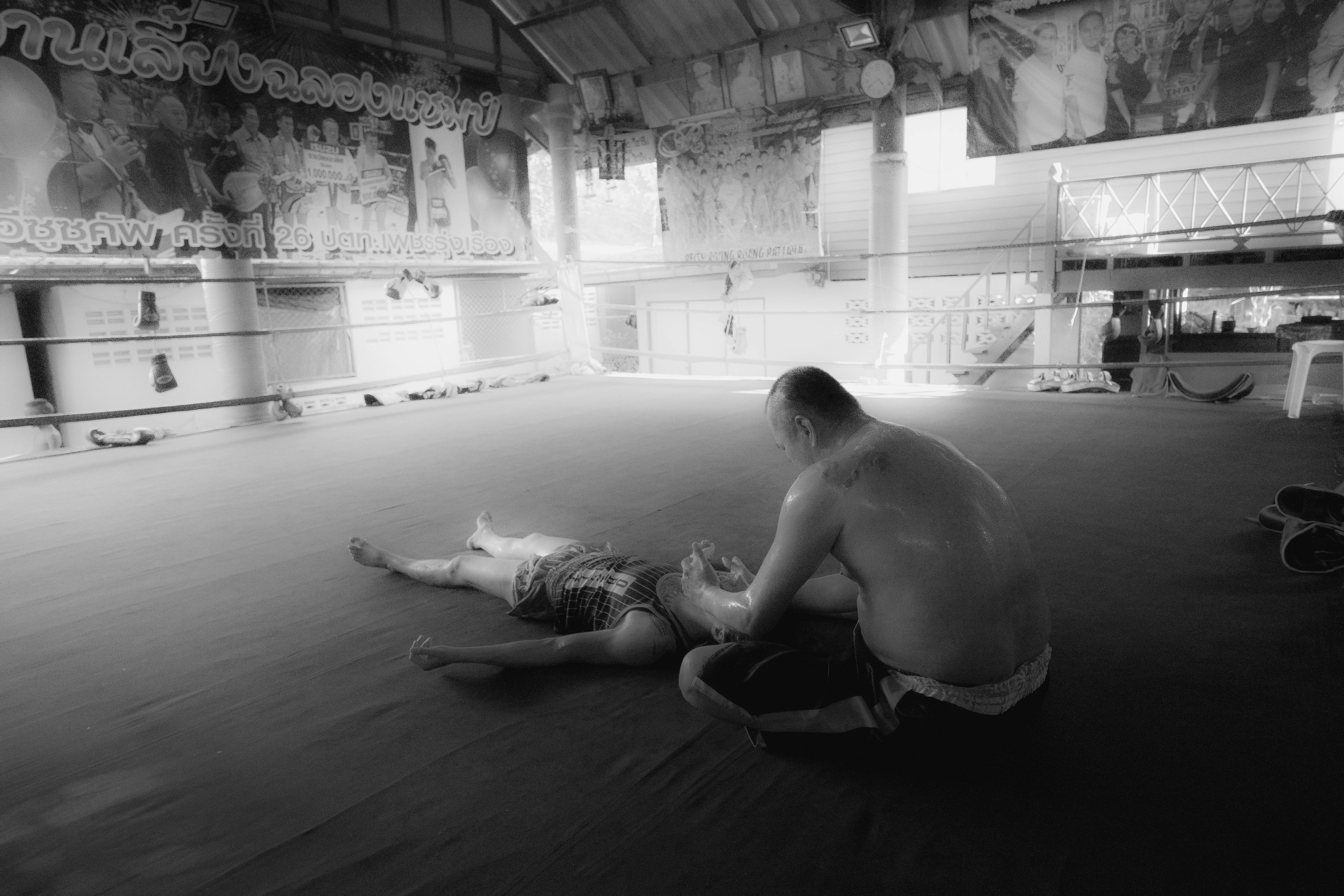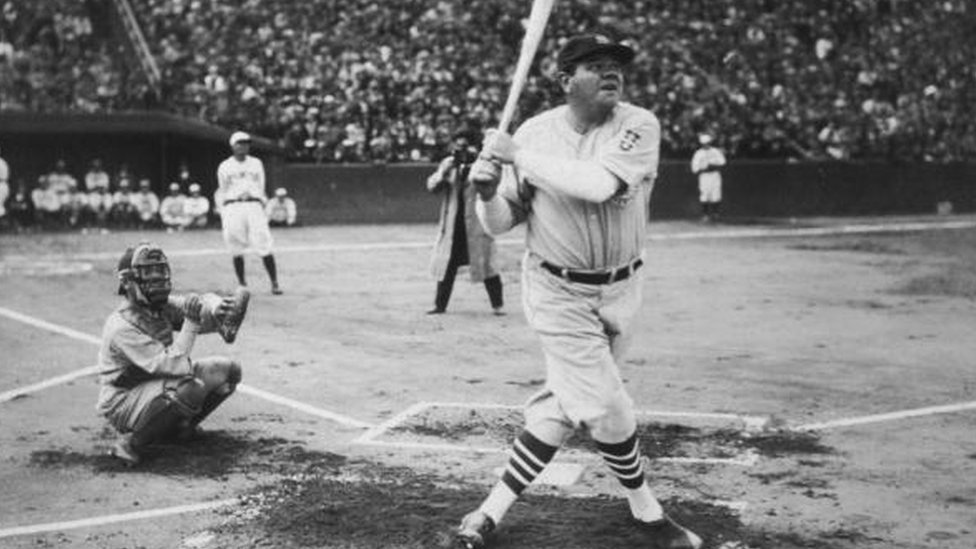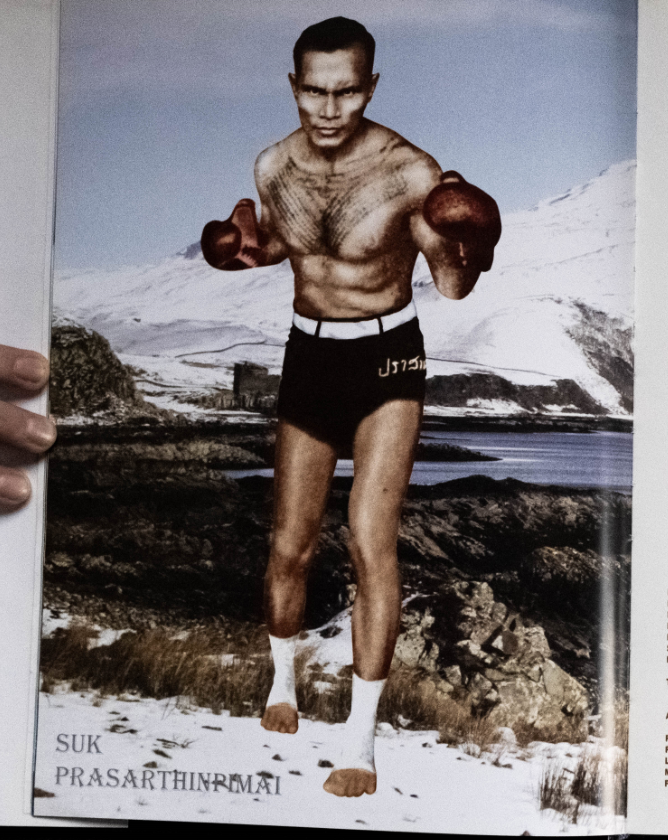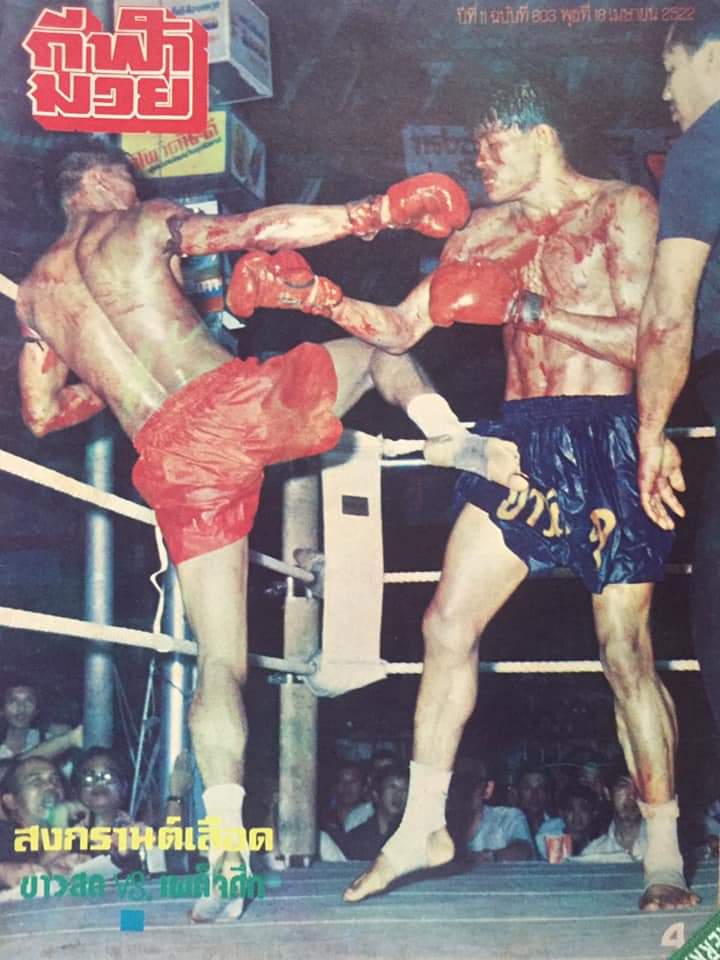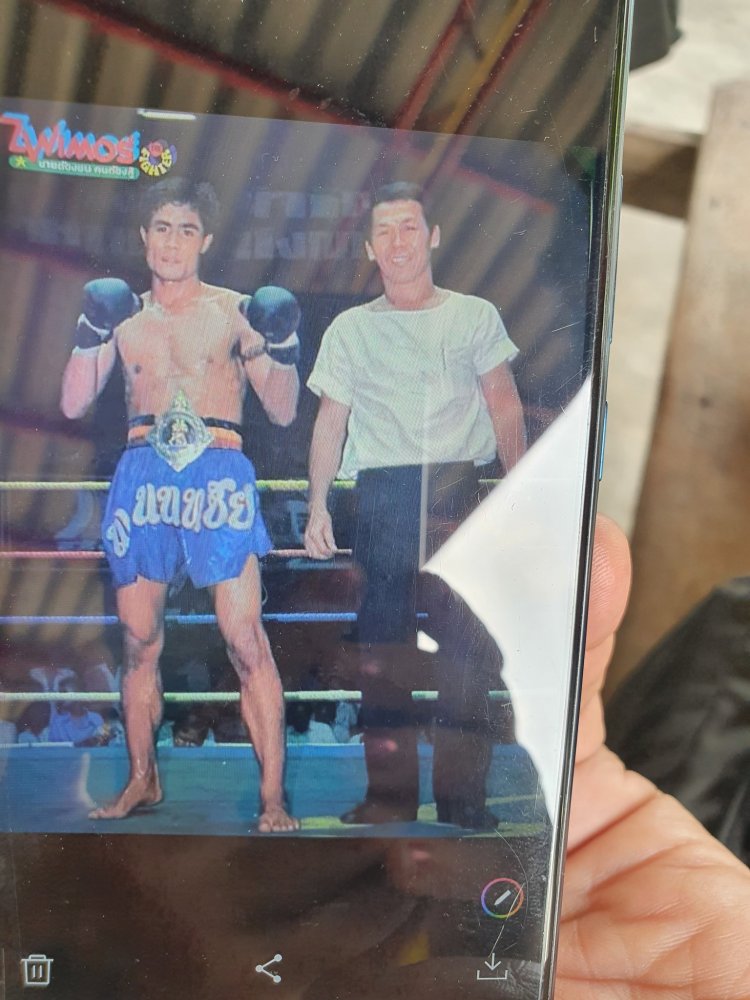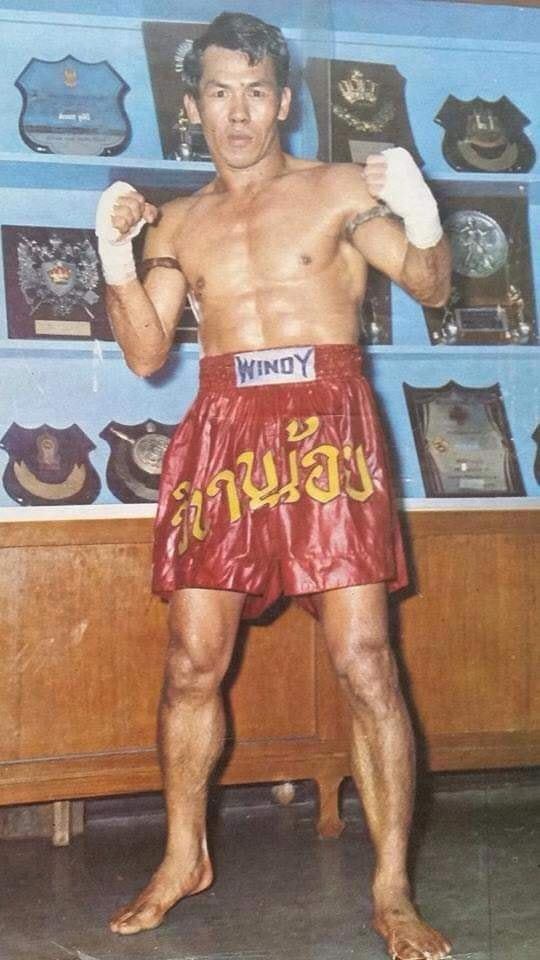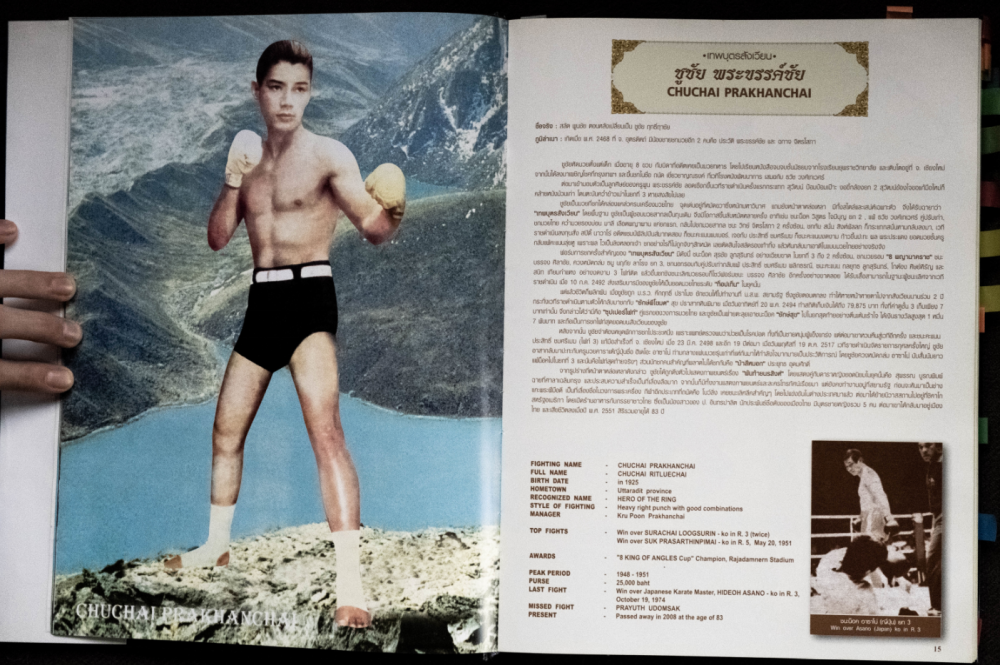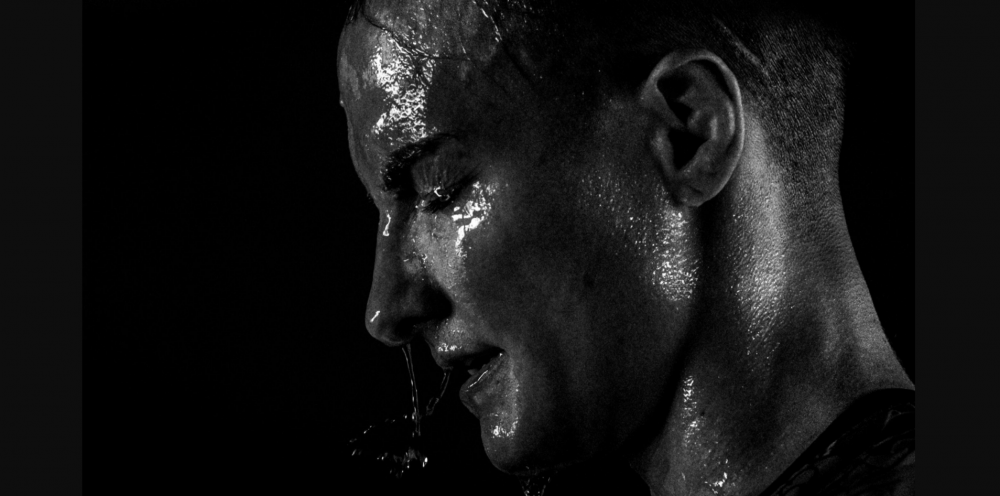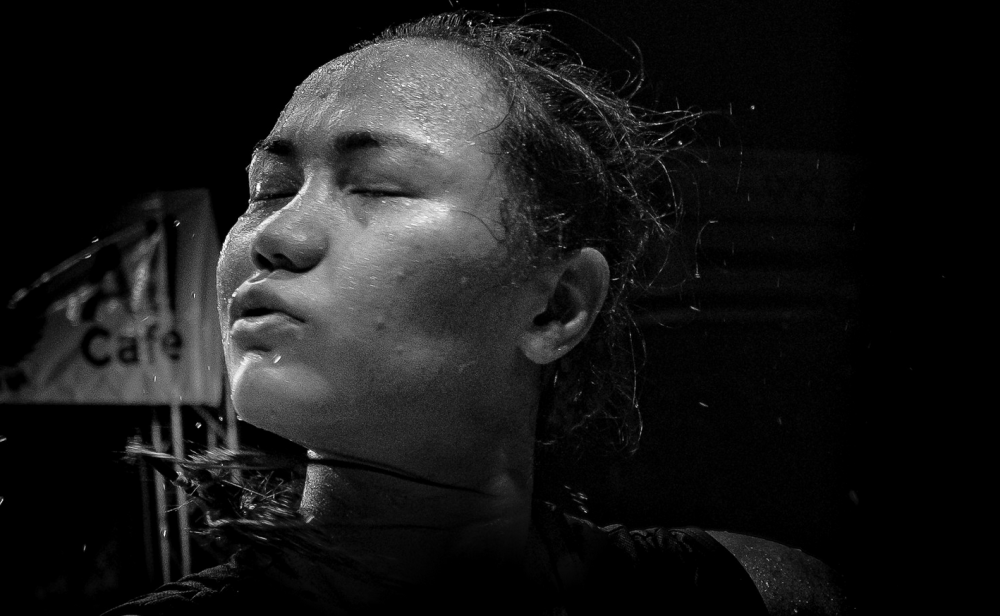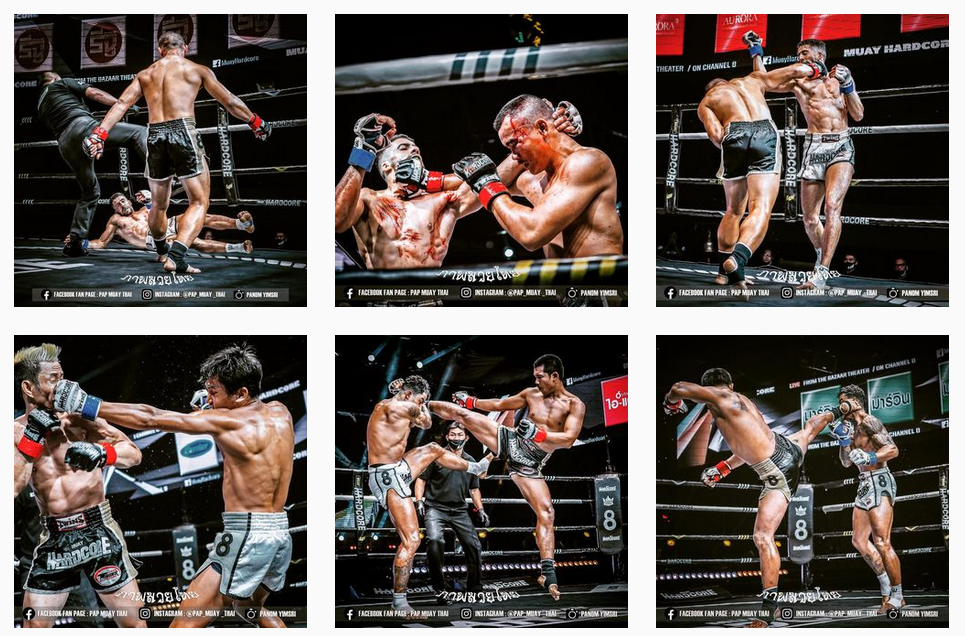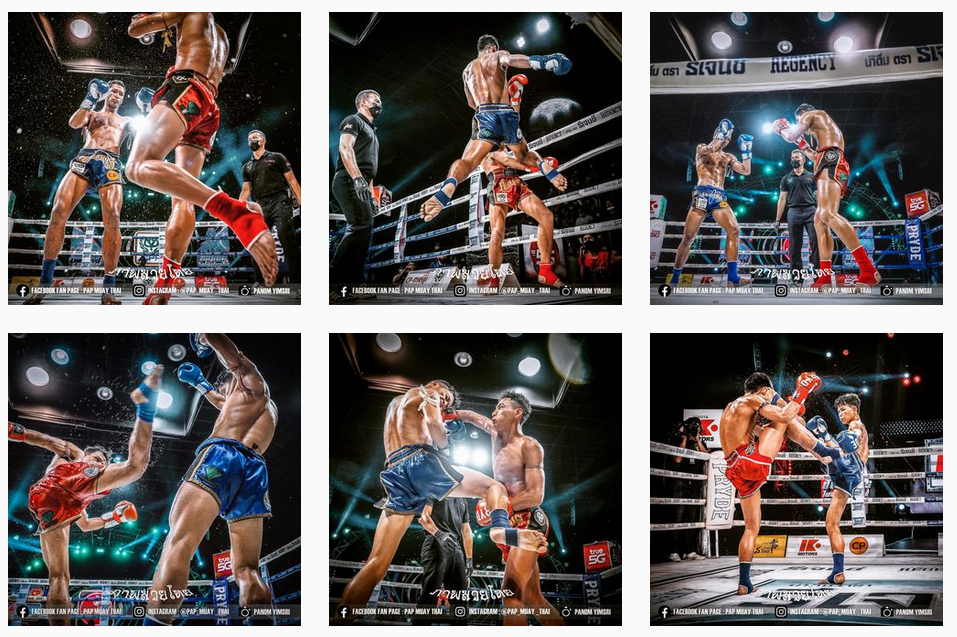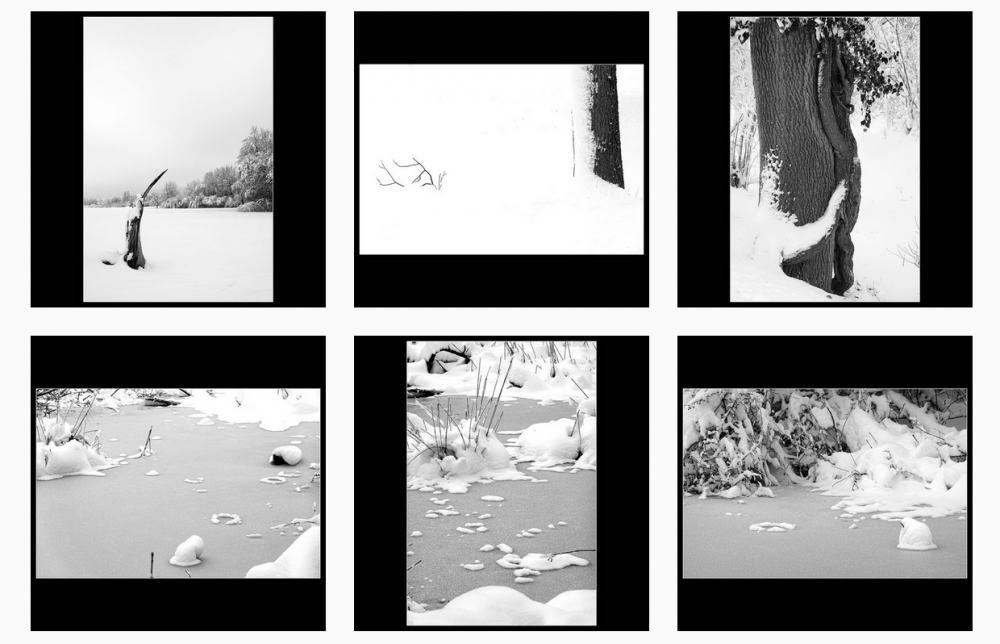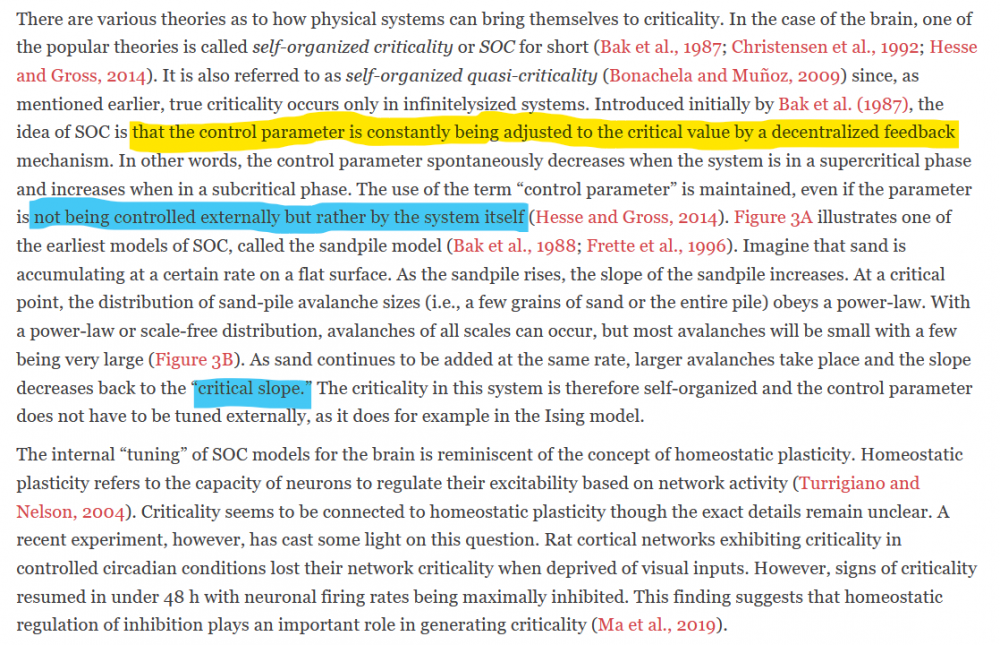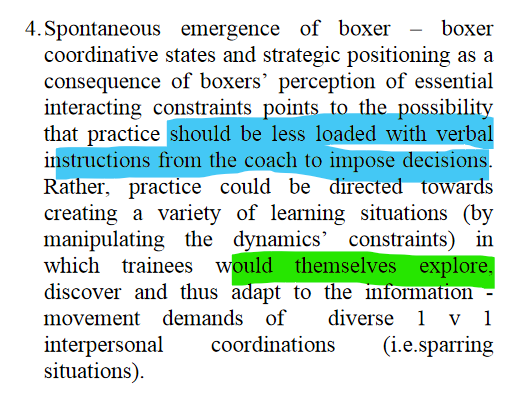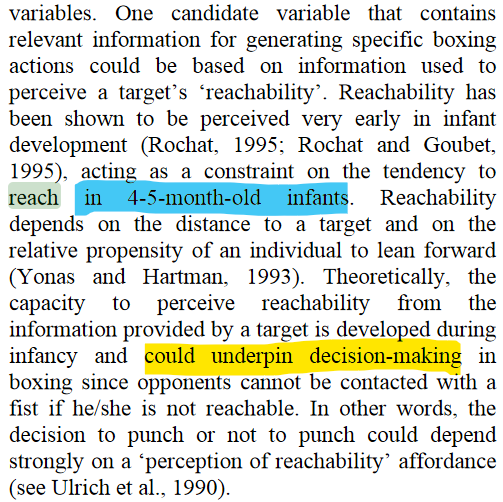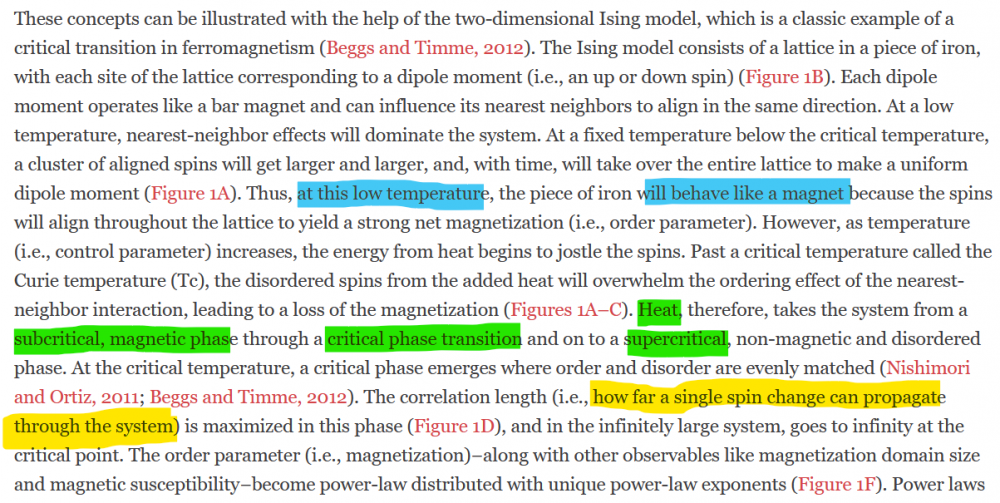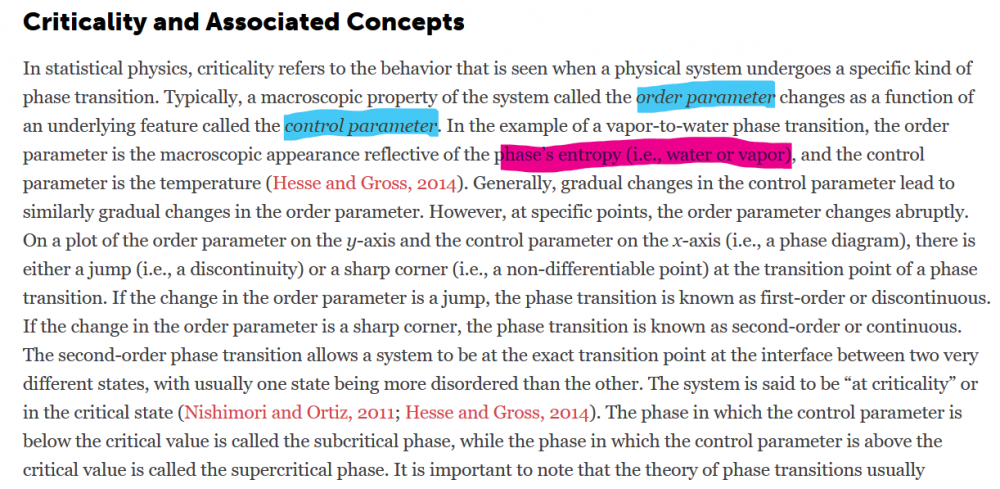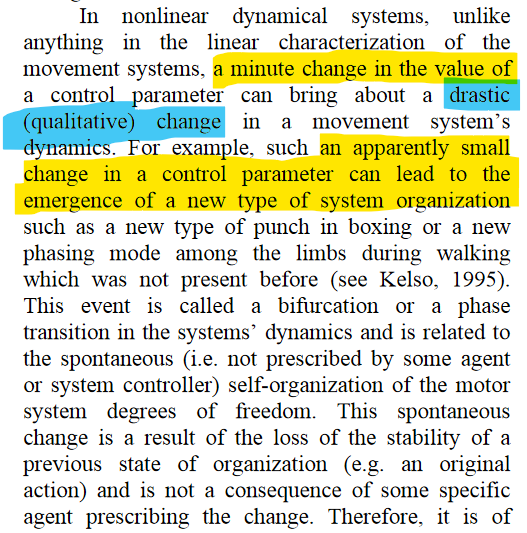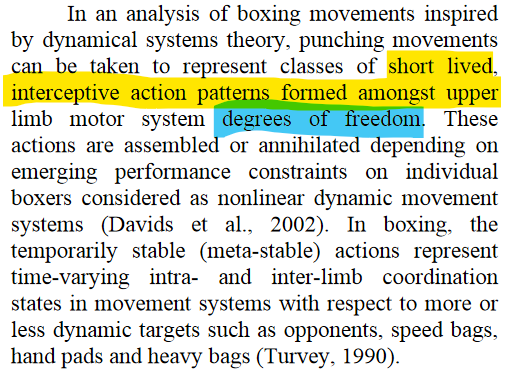-
Posts
2,264 -
Joined
-
Days Won
499
Everything posted by Kevin von Duuglas-Ittu
-
When you see the first of something, of a kind of movement, a way of being or expressing itself, it sometimes becomes hallowed, and no matter what follows from it after, it can never be surpassed. Like, as mentioned above, how nobody could hit home runs like Babe Ruth. Even if you hit them higher, bigger, more mashy now, he out homered entire teams. Nobody could that that. He invented the Home Run, in his person. Many have dunked, but Dr. J did it at a time when men, mostly white, didn't move like him. And for that reason nobody really has ever moved like him since. He was expressive of something in the 1970s, then into the 80s. And, no matter the behemoth and beautiful CGI creations in the genre of Sci-Fi, the greatest Sci-Fi film will likely remain Kubrick's 2001 a Space Odyssey in 1969, over 50 years ago.
-
What do I mean, Cowboy Time, The Age of Hard Men. This isn't something I could ever be an expert in, something I can only glimpse from a far. But sometimes from afar you can see things. What comes to mind is the legend of Suk, The Giant Ghost, who happens to also be the grandfather of Sagat Petchyindee. Now, don't take this as a verbatim piece of history, but only my lasting impression from essays I read over the years. It all began with Suk: above, a contrast of media image to Suk, Chuchai Prakanchai, peak years 1948-1951 There was apparently a movement within Muay Thai, and in Thai magazines that covered the sport in the 1950s, that moved away from the "handsome" matinee idol type of masculinity that had been favored, toward men like Suk. The powerful and transformative Prime Minister Field Marshal Plaek Phibunsongkhram lead a government that reduced the traditional power and imagery of Thai royalty (again, as I have read), and magazines of the era started celebrating powerful, brutal men like Suk - I'm guessing, not exclusively, but now inclusively. I believe he had been imprisoned for murder at some point, and had an aura of a tough, a nakleng. This move in Muay Thai expressed larger political moves to celebrate the common man, the man of the country. There always has been a tension in Muay Thai, between the courtly, beautiful, artistic muay of Bangkok, and the brute, powerful muay of the men of the fields, up country. It has often played out in urban vs rural, Femeu vs Muay Khao, royal vs worker, dichotomies, and even to this day this is the case. It is only to say that with the rise of Suk Muay Thai began to swing toward that Tough Man side of the pendulum, ideologically. if you want to read about the history of Tough Man Muay, this is the essay to read: Rural Male Leadership, Religion and the Environment in Thailand's Mid-south, 1920s-1960s (PDF attached) Rural_Male_Leadership_Religion_and_the_E.pdf This is enough to say that Bangkok Muay Thai likely came under the sway of a swing toward a more common-man, tough-guy, nakleng muay in the 1950s-1960s, a strong thread of it remaining in the 1970-1980s. You see epic fighters of the late 1970s like Wichannoi, thought by many to be the greatest fighter who ever fought, and you see that they are chiseled out of rock. This is Padejsuek, fighting around the time that Dieselnoi was on the rise: This is Gulapkao's photo along side his hero Wichannoi (below), wearing his 1985 Raja belt, a photo Gulapkao treasures on his phone: Into the 1980s, even though there were artful, elite and celebrated fighters in the 1970s, there had never been a "Samart" through these decades of Hard Men. As Dieselnoi ascended at maybe the most dominant fighter of the physical, relentless kind, Samart had come onto the scene as a fighter who fought so relaxed, so fluid, who danced among the Hard Men. It must have been like he was from outer space. Below, Wichannoi Porntawee who fought from the 1960s -1980s, the ultimate Man's man: If you want clues to how hard men like Wichannoi fought, here is a great article on his style: Vicharnnoi Porntawee: Legacy of The Immortal Boxer
-
For me one of the most interesting dimensions of fighter photography is found in all the in-between moments. So much is focus on The Clash. These for me, even when executed beautifully, are boring. I've read some photographers feel that when they are photographing a fight they really want to capture that decisive moment, the clash that tips the scales. These are Sweat Spray moments, often. The gunned shutter that blurs through an action peak, and then is edited out. Hey, these can be cool, very cool, but...when taken as a whole, as a genre, they are numbing, at least to me. I'm really interested in the human feeling within fighting, those fallen moments, those re-gathering moments, when duress strips away the pretense, and the fighter calculates up. These compass headings are spiritual. The above really is on reflection on this "Ripley" photo I took last week of Sylvie between rounds going up against the impossible hill of Yodkhunpon: Which called to mind my photo of Sawsing Sor Sopit between rounds in a fight (you can find that photo here: https://www.muaynoir.com/Prints/i-2Nn5Svg/A ): Why are these photos so satisfying? At least to me. They reach into what really matters in fighting, and therefore of fighter photography. I see so much difference in the humanity of these two legendary fighting women, the ways in which they summon themselves, a great reserve truly more beautiful than a perfectly landed cross or head kick. This is what is spectacular in fighting.
-
I've been reflecting on the untouchable aura of Samart, on what made him like no other fighter, & I return to something Yodkhunpon said. He was talking about the fighters b4 the Golden Age. The Silver Age, or what might be called Cowboy Time. We showed him a fight between Thongbai & Adul. Thongbai was ripping low kicks endlessly. He said: In that Time u could fight like that. In my time the fighters would move [and he gestured that they would move like the wind, they would just be gone]. He then showed how the men of the past were HARD The Time before the Golden Age was Cowboy Time. The men had a made-in-stone toughness, I suspect. In the way that you might talk about your grandfather who had brick hands. This is just my working theory, but I think what made Samart like no other wasn't only his muay, but it was his time in history. He actually fought his last stadium fight before the 1990s, when the Golden Age wld b peaking. But, what he did was he bridged Cowboy Time with the Age of Femeu. He was the first to move like that, to dance, coming out of the Time of Hard Men. Perhaps just as Babe Ruth was the greatest Home run hitter of All Time because he was the first to really hit them monstrously, inventing the home run, maybe Samart holds an incredibly special place because he was the 1st to really float & move like that among the time of hard men, bridging Cowboy Time. And, he did this in parallel to the Hardest Man, Dieselnoi. The great Age of Femeu followed him, maybe flowed from him. Perhaps how the Age of the Dunk flowed from Dr. J in basketball. He was a transcendent fighter This is still just guessing, from afar, but it's something I've gleaned from looking back on eras and talking to greats. Yes, u can appreciate and swoon over his muay in retrospect, comparing techniques, but unless you include the time & men he fought in you can't quite grasp What it was like to see him move and hit like that. The hardness of the men he came into, that is what gives context to the freedom of the movements, their creativity and contrasted liberation. After him there were so many femeu and fluid fighters, the early to mid 90s were filled w/ them. But Samart was the 1 who danced among the men of stone. There is a place special and reserved for those who create a style so different from those around them. It's not just honorary, these fighters possess a quality in their muay that is unparalleled & unique. Began as a Twitter thread here.
-
There is a very prolific Muay Thai photographer who happens to be Thai, who has produced a very graphic effect with popping, electric colors, high definition pop, and lots of that Sweat Spay look catching dynamic moments of a fight. Here is a few squares from his instagram: https://www.instagram.com/pap_muay_thai/ This isn't the only style he shoots in, but for fight photography he has really pushed and explored this look. Just scrolling through his feed you can see it develop subtly, which is cool. You get that graphic novel ripping muscle thing, truly luminant figures against black backgrounds. In general I really resist the Sweat Spray look, mostly because it hides all the deeper emotions and efforts in what fighting is all about. And because it tends to be produced by machine gunning the shutter and then just picking out the best "moment" (which in itself is a process, but not something that feels good to me). That being said, it is very difficult to shoot fights. You are usually locked into only one or two positions on the ring, and its hard to get expressiveness to action. Moving toward comic book cell aesthetics has its advantages, and going in that direction his look is pretty cool. I include this here because it occupies a space on the aesthetic spectrum of what fighting is, and how to communicate it. That it is coming out of a Thai sensibility in the history of aesthetics makes it all the more interesting.
-
A contemporary photographer whose photos I think can contribute to a possible Muay Noir discussion is: https://www.instagram.com/dieter.langhart/ It's the way he handles the deep, rich, stark blacks, and the blownout whites, and then all the tonality and detail inbetween, for me. Here is a square of his photos from his Gram, but really look through it all and you'll see what I mean.
-
Just some suggestions BKK. For "hands" Chatchai Sasakul For "all around technique" Samart Payakaroon. For "authentic old school" gym feel Sangtiennoi's gym For "brushing with top fighters in a hot gym" PK Saenchai For small gym with a great padman Yodwicha Gym If you aren't physically too big Keatkomtorn gym has good clinch This is Sylvie's recommended list:
-
Broadly If - as sited above in studies of rats who lost the criticality curve for 48 hrs when vision was cut off, and then rebooted it in darkness - if, the brain basically rides a critical line, between "dumb" phasal order, and "supercritical" overwhelm, whether it is dealing with environmental inputs, or not, this creates a very loose context for thinking about things like Buddhistic ideas of Life equally suffering, if suffering itself is the critical line on the wave of life and cognitive living. Perhaps, no matter the intensity of the inputs from environment, the brain will surf that line. No matter the size or intensity of the wave. If small, it will create criticality, as well. The difference between the monk withdrawing into a cave (minimizing inputs to a very high level), and a fighter putting herself/himself in the ring, and attempting in the Thai manner to generate "Ning" and "Oton", under a maximization of inputs, triggering all kinds of instinctive, survival responses, is broadly the same. It is managing that wave, and learning how to surf it, the line of criticality that determines life and cognition.
-
Reading now the 45 page article on criticality: Criticality in the brain: A synthesis of neurobiology, models and cognition the PDF here: Criticality_in_the_brain_A_synthesis_of_neurobiolo.pdf Very good overview, and some clear examples, like those in this graphic below, showing the criticality balance between sub-critical and supercritical basins:
-
Unfortunately this is a complete myth. Western boxing has had a powerful influence on Thailand's Muay Thai ever since it modernized in the 1920, under a King who basically grew up in England. Thailand has had a huge number of western boxing world champions, almost all of whom were Muay Thai fighters before they became western boxers, a nice list of several of these can be found here: https://www.siamfightmag.com/en/muaythai-en/reports-en/others-reports-muaythai-en/1084-the-champions-of-muay-thai-and-the-boxing-in-thailand There is no combat sport in the world that I can think of which has a greater representation of western boxing world champions.
-
Continuing from the Scoping Review article, Self-Organizing Criticality Theory (SOC) suggests that the brain/organism will self-regulate the control parameter internally, if it cannot regulate it externally, in order to maintain criticality (paragraph below). This has interesting consequences for Reachability as a control parameter: One of the things that a fighter must struggle with is not only physically controlling Reachability (the actual physical distance between themselves and opponent), but also their own experiences of Reachability, for instance whether they gauge if they are far enough to not get hit, or close enough to throw a strike. If the brain under duress will self-regulate the experience of Reachability, ie, falsify reality for short term, emergency criticality, this would explain the difficulties fighters have under duress, getting hit when they think they are safe, or not throwing shots when they are in range, because they feel they are out of range. Basically, the glass of water can lie to itself in the short term, to prevent it from boiling off into steam...ie, passing into super-criticality.
-
One of the more interesting plays between the article on boxing striking (above, JSSM.pdf <<< How Boxers Decide to Punch a Target: Emergent behavior in nonlinear dynamical movement system) and overall phase transition thinking is the idea that "Reachability" could be something of a control parameter in boxing behavior, very loosely the same as temperature in water behavior. One of the things that really frustrates fighters is that they often find themselves unable to do many the things they trained, or even display in sparring, when in fights. From the article two paragraphs: Range is a vital difference in strike (and defense) behavior. This is one reason why training defense is so very important, so that you can have control and choice over range. When you can defend yourself, confidently, you can then place yourself at the range needed for the best properties you have as a fighter come out. In fights, because of the emotional surge, and because defensive skills often lag behind offensive skills in much of the west's Muay Thai training, a fighter will defend themselves with distance. If Reachability/Range is a control parameter, then you would be like water in a liquid state, wondering why you don't have the properties of ice (to extend the analogy). This is also why Muay Khao fighters have an understated weapon. They can impose a range on their opponent, they can control a control parameter. They can turn ice into water...or water into steam, depending on how you want to read it.
-
for more on Simulated Annealing, you can Google about, but these two quotes are good: I wrote about the deeper roots of the annealing conception 13 years ago here: The Production of Constraints: Work and Annealing as “Freedom” What is interesting in bringing together each of these ideas of temperature change, at least in terms of learning or optimizing capacity, is that annealing takes advantage of phase transitions, traditionally using a rule-of-thumb process of creating a heating and cooling schedule to bring out the relation between phases, where as criticality focuses more on the straddling of the line of phase transition itself. Not to say that these are mutually exclusive of each other. Rather, they may even imply each other.
-
Interestingly, operative analogies of temperature not only play a big role in the thinking about critical systems (see below, from the article: Why Brain Criticality Is Clinically Relevant: A Scoping Review), temperature has also played an important role in concepts of Simulated Annealing (producing heating and cooling periods in machine learning approaches, much like how steel is annealed in metallurgy: see further below)
-
More follow up reading on criticality as it may relate to learning, and sport performance. First, an overview article: Why Brain Criticality Is Clinically Relevant: A Scoping Review read it above. It starts with this overview of criticality, and the concepts of phase transition: Someone on Reddit also recommended this article (PDF attached), which tries to map out non-linear dynamics in the study of boxers: JSSM.pdf <<< How Boxers Decide to Punch a Target: Emergent behavior in nonlinear dynamical movement system A few screenshots setting up the concept space. I personally didn't find the mathematical drive to description too interesting, but the idea of emergent behavior is right where we are going with this, and the importance of "reachability" I discuss in a comment further below:
-
This was Sylvie's improvised At Home Workouts that she did when COVID first hit. They were live streamed (Playlist):
- 1 reply
-
- 1
-

-
This post cannot be displayed because it is in a password protected forum. Enter Password
-
I know that Kru Ten in the Muay Thai Library offered a solid counter to the Face Smush in clinch: #42 Boraphet Pinsinchai - Muay Khao Fighting Techniques (50 min) https://www.patreon.com/posts/19768793 #23 Boraphet Pinsinchai - Muay Khao Mastery (64 min) https://www.patreon.com/posts/14262395 I'm pretty sure it's in the first one we filmed #23, but above are links to both. You basically just reach across and over their outstretched arms, with your back hand, and pull the arms toward you and down, past the face. It's a pretty effective counter, as long as your own lead arm isn't too deep in, and over-turned. You want to also stand up straight with good Ruup when you do this. Also in training you can get really good at feeling the face smush coming, recognizing it, and driving your head in, through it, before it gets a good leverage point on your jaw.
-
Honestly, I would ask Paul Banasiak - https://web.facebook.com/MuayThaiTechnicianOfficial/ I forget his weight, but he's a pretty big guy by Thai standards. He's lived and fought out of Koh Phangan, then in Chiang Mai and I think he's now in Phuket. Several years of trying to find fights at his weight, and also a life-style in a city that is enjoyable and sustainable. At the larger weight classes he probably has the most experience on the variety of opportunities that are available.
-
You might also want to look into the Golden Kick, an older school version of the Thai Kick. Sylvie's article on it, with lots of video, is here: https://8limbsus.com/muay-thai-thailand/golden-kick-how-to-improve-your-thai-kick The reason I mention this is because the Golden Kick has two movements in it (they become one, once you are super proficient, but two in the beginning), it might help you, as you mention that this happens when you are tired. You might feel more control and awareness of your distance, after the rising of the leg, just as you turn over your hip. An idea anyways. Best of luck!
Footer title
This content can be configured within your theme settings in your ACP. You can add any HTML including images, paragraphs and lists.
Footer title
This content can be configured within your theme settings in your ACP. You can add any HTML including images, paragraphs and lists.
Footer title
This content can be configured within your theme settings in your ACP. You can add any HTML including images, paragraphs and lists.
